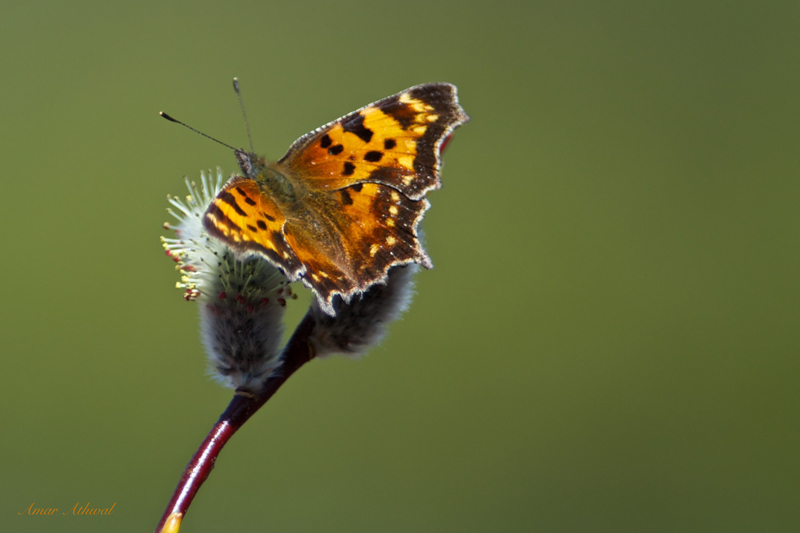A few weeks back, I did a morning hike to reach the alpine region. With the goal of seeing the wildflowers and the insects that are attracted to them. On an open slope meadow, just below the tree line, I ended up spending a couple of hours taking pictures of flowers and butterflies. Of course, if I could capture both together, that was even better. Movement had to be slow to avoid scaring away the butterflies I wanted to photograph.
This butterfly in the picture landed on an arnica flower. I got on my knees to get close, but it took to the air. However it did not go far, it ended up landing on top of a fireweed flower a meter away from me. I started taking its pictures, slowly moving closer until I zoomed all the way in and did not need to crop the image later. Once I got the picture I wanted, it was just as important to move back slowly without startling the butterfly. I got back on my feet and started looking for and photographing other flowers and butterflies. A relaxing way to spend the morning.









